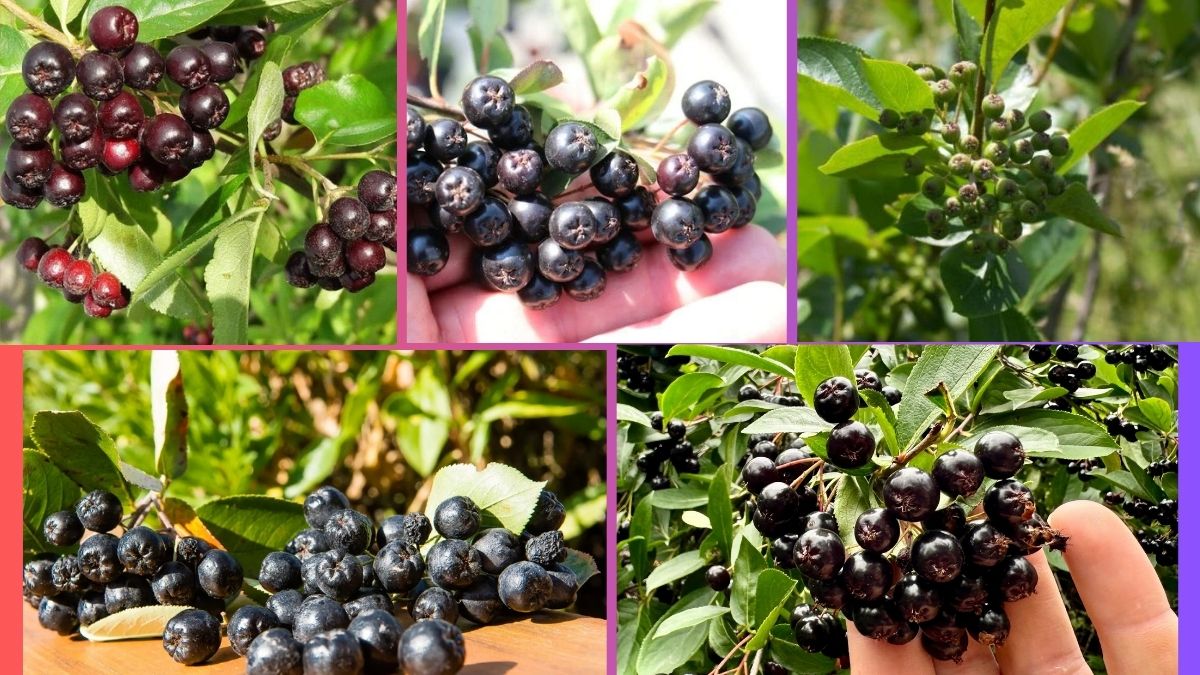In the growing world of superfoods and functional fruits, chokeberry has rapidly gained international recognition for its impressive nutritional profile and health benefits. Scientifically classified under the Aronia genus, chokeberries are small, dark berries prized for their extraordinarily high antioxidant content, especially anthocyanins and polyphenols.
Known for their tart, astringent flavor, chokeberries are used in juices, jams, wines, dietary supplements, and natural remedies. As consumer awareness about immune-boosting, heart-friendly, and anti-inflammatory fruits continues to rise, demand for chokeberries has surged globally.
Amidst this expanding market, an important question emerges:
Which country is the largest chokeberry producer globally?
The definitive answer is Poland.
This article will explore chokeberry’s botanical features, origins, health benefits, growing regions, production statistics, trade dynamics, and why Poland leads global chokeberry production by a significant margin.
What is Chokeberry?
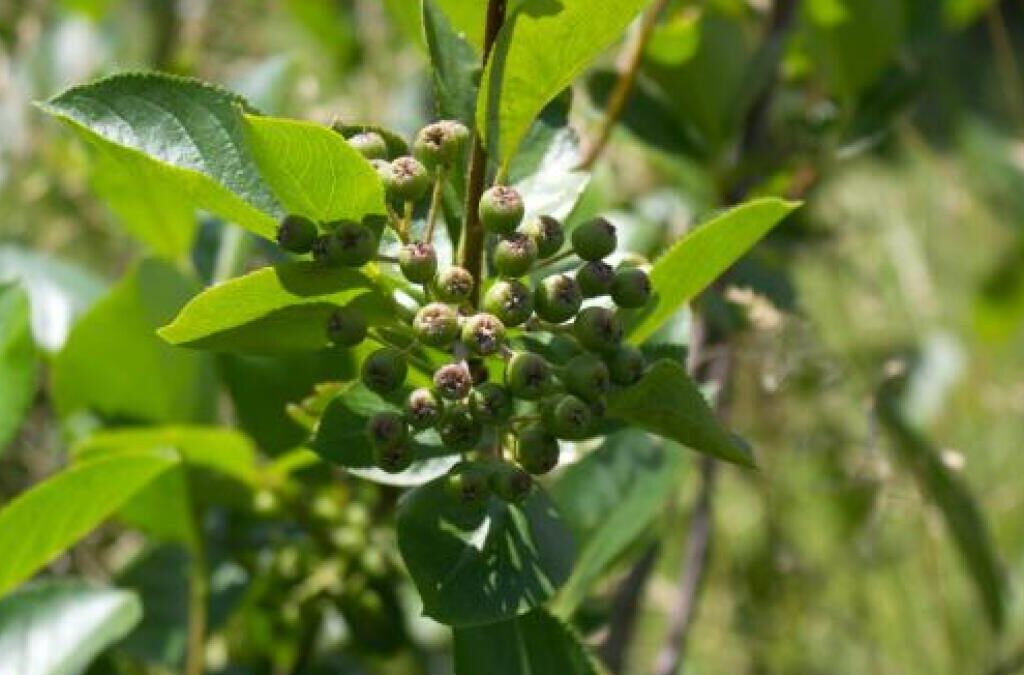
Chokeberries are deciduous shrubs native to North America, belonging to the Rosaceae family. There are three primary species:
- Aronia melanocarpa (Black chokeberry)
- Aronia arbutifolia (Red chokeberry)
- Aronia prunifolia (Purple chokeberry)
Among these, black chokeberry (Aronia melanocarpa) is the most commercially valuable, known for its extremely high levels of antioxidants — higher even than blueberries and cranberries.
The berries are small, round, dark purple to black when ripe, and grow in dense clusters. Despite their astringent taste when raw, they’re highly valued when processed into:
- Juices
- Jams
- Wines
- Syrups
- Functional foods
- Nutraceutical products
History and Cultural Significance
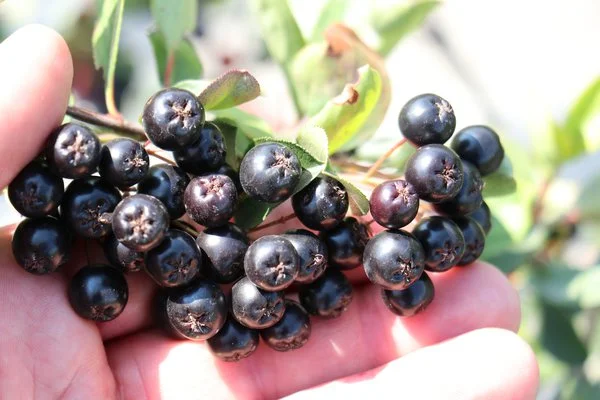
Chokeberry has a long history in Native American medicine, where it was consumed for its immune-boosting and fever-reducing properties. It was also used as a natural dye for fabrics and food.
The fruit made its way to Europe in the 19th century through botanical exchanges, where it adapted well to Central and Eastern European climates. By the mid-20th century, countries like Poland, Russia, Ukraine, and Bulgaria recognized its agricultural and medicinal potential, leading to organized chokeberry orchards and processing industries.
Today, Poland has emerged as the global leader in chokeberry production, with significant cultural, culinary, and economic value attached to this once-wild fruit.
Where is Chokeberry Grown Globally?
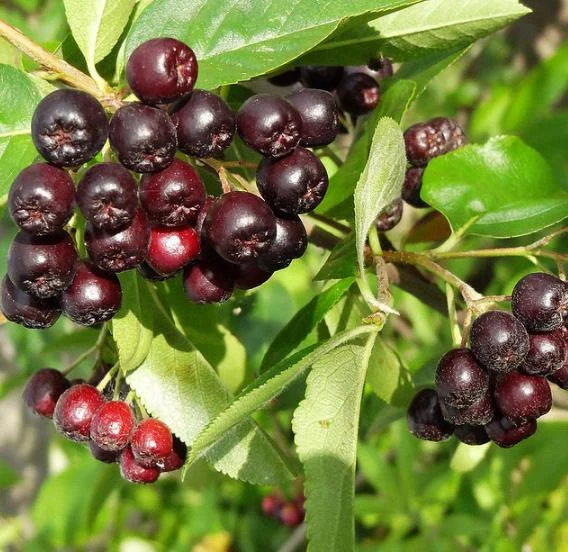
Ideal Growing Conditions
Chokeberry thrives in:
- Temperate climates
- Cold-tolerant regions (USDA Zones 3–8)
- Well-drained, fertile, slightly acidic soils (pH 5.5–6.5)
- Areas with moderate rainfall and full sun
It’s remarkably adaptable, able to grow in wetlands, forest edges, and cultivated fields.
Major Chokeberry Producers
According to agricultural data and trade reports, chokeberry is primarily cultivated in:
- Poland (world leader)
- Russia
- Ukraine
- Bulgaria
- Serbia
- Germany
- United States (niche markets in the Midwest and Northeast)
Among these, Poland far surpasses all other countries in terms of production volume, export capacity, and processing infrastructure.
Why is Poland the Largest Chokeberry Producer?
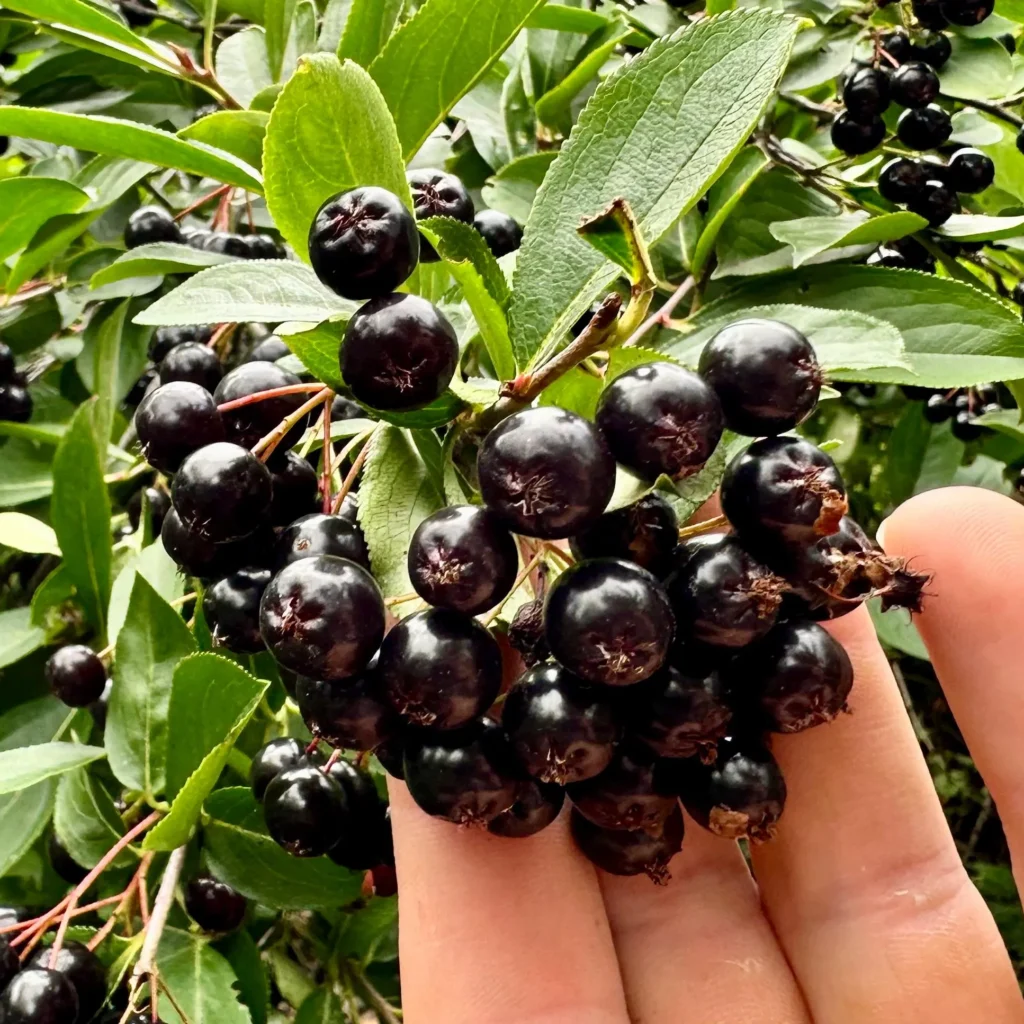
Several key factors explain why Poland dominates the global chokeberry industry:
Optimal Climate and Soil Conditions
Poland’s temperate climate, with cold winters and mild, wet summers, provides perfect conditions for chokeberry cultivation. The country’s fertile soils, particularly in Mazovia, Lublin, and Podlasie regions, enhance plant growth and berry quality.
Agricultural Tradition and Expertise
Poland has a longstanding tradition of berry cultivation, including black currants, elderberries, and strawberries. Chokeberry was embraced by Polish farmers in the 1970s and 1980s for its hardiness, resistance to pests, and high market value.
Today, chokeberry is integrated into Poland’s diversified berry sector, supported by:
- Agricultural cooperatives
- Certified organic farming practices
- Modern processing facilities
Expansive Cultivation Area
Poland dedicates over 9,000–10,000 hectares to chokeberry orchards, making it the largest cultivation area for Aronia melanocarpa worldwide.
Export-Oriented Industry
A significant portion of Poland’s chokeberry harvest is processed into:
- Juices and purees
- Natural food colorants
- Health supplements
- Dried berries
These products are exported globally, especially to:
- Germany
- Scandinavia
- United Kingdom
- United States
- Canada
Poland’s proximity to major European markets and established trade routes further strengthens its export position.
Chokeberry Production Statistics
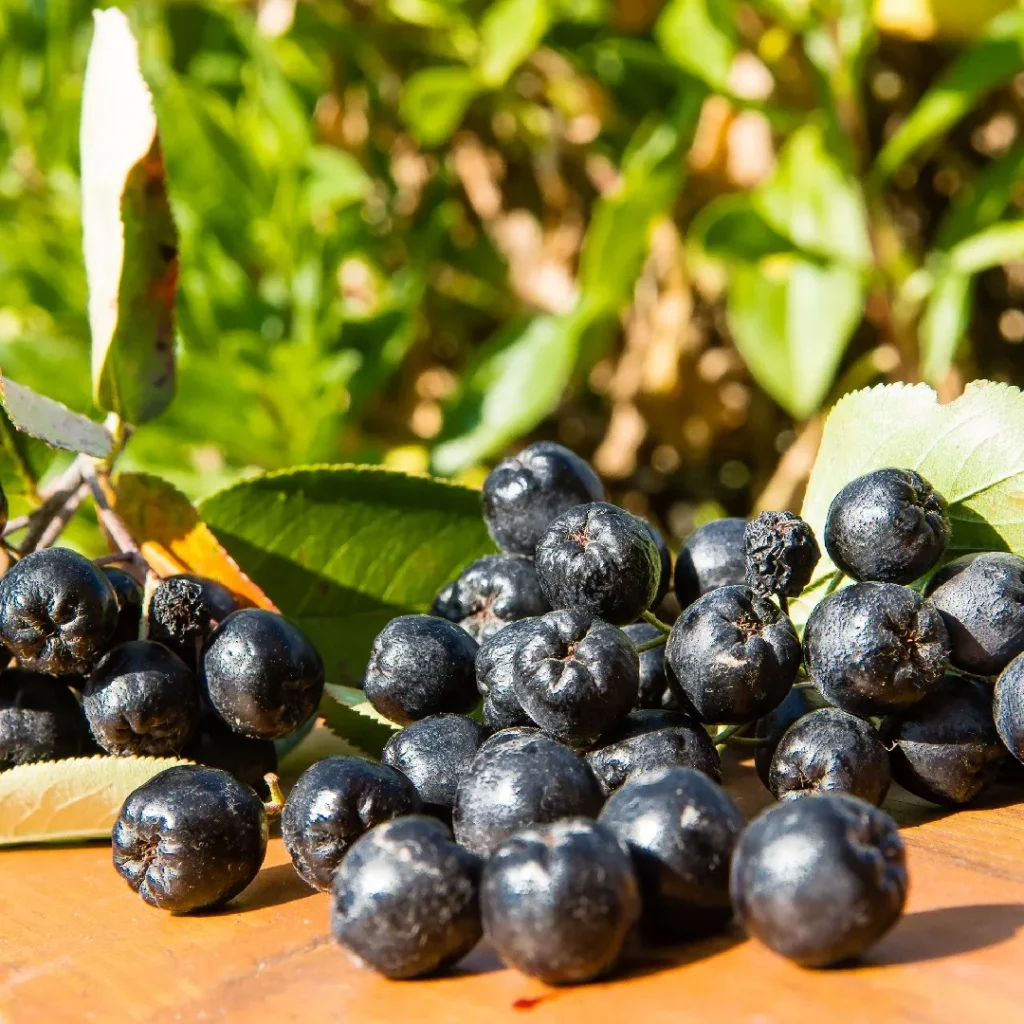
Based on the latest FAO and Polish Central Statistical Office (GUS) data:
- Poland produces over 55,000–60,000 metric tonnes of chokeberries annually
- This accounts for over 70% of total global production
- The European Union as a whole produces approximately 65,000–70,000 tonnes annually
- Other major producers like Russia and Ukraine trail significantly behind Poland, with estimated harvests of 4,000–6,000 tonnes each
The United States, while historically the native home of chokeberry, produces less than 2,000 tonnes annually, mostly in niche organic markets.
Nutritional and Health Benefits
Chokeberry is often ranked among the most nutrient-dense fruits globally, offering:
- Extremely high anthocyanin content (up to 1,480 mg per 100g)
- Rich polyphenols and flavonoids
- Vitamin C and E
- Iron, potassium, and manganese
- Dietary fiber
Health Benefits
Scientific research highlights chokeberry’s potential to:
- Lower blood pressure and cholesterol
- Reduce oxidative stress
- Enhance immune function
- Improve blood sugar regulation
- Exhibit anticancer and anti-inflammatory effects
Its exceptionally high antioxidant capacity (ORAC score) makes it a sought-after ingredient in functional foods and nutraceuticals.
Culinary and Commercial Uses
Though raw chokeberries are too astringent for most palates, they shine in processed forms:
- Juices and syrups
- Jams and jellies
- Wine and liqueurs (notably popular in Poland and Scandinavia)
- Natural food colorants
- Dietary supplements (capsules, powders, extracts)
In Poland, Aronia wine and chokeberry juice concentrates are traditional pantry staples, valued for both taste and medicinal qualities.
Export Markets and Global Growth Potential
Poland’s chokeberry industry is largely export-oriented. Major export destinations include:
- Germany
- United Kingdom
- Norway
- United States
- South Korea
- Japan
As awareness of superfoods and natural functional ingredients grows, Poland is actively expanding its market presence in:
- Organic health food stores
- Nutraceutical brands
- Beverage companies seeking natural colorants and antioxidants
There’s significant potential for value-added products like chokeberry teas, energy drinks, and skincare formulations.
Conclusion
To conclusively answer the thesis question:
Poland is the largest chokeberry producer globally.
Thanks to its:
- Ideal temperate climate and fertile soils
- Decades of agricultural expertise
- Expansive cultivation area (over 10,000 hectares)
- Advanced processing infrastructure
- Strong export networks across Europe, Asia, and North America
Poland dominates global chokeberry production, contributing more than 70% of the world’s harvest.
As demand for superfoods and antioxidant-rich products continues to grow, Poland’s leadership in the chokeberry industry is poised to strengthen further, offering new opportunities for farmers, processors, and international health-conscious consumers.
